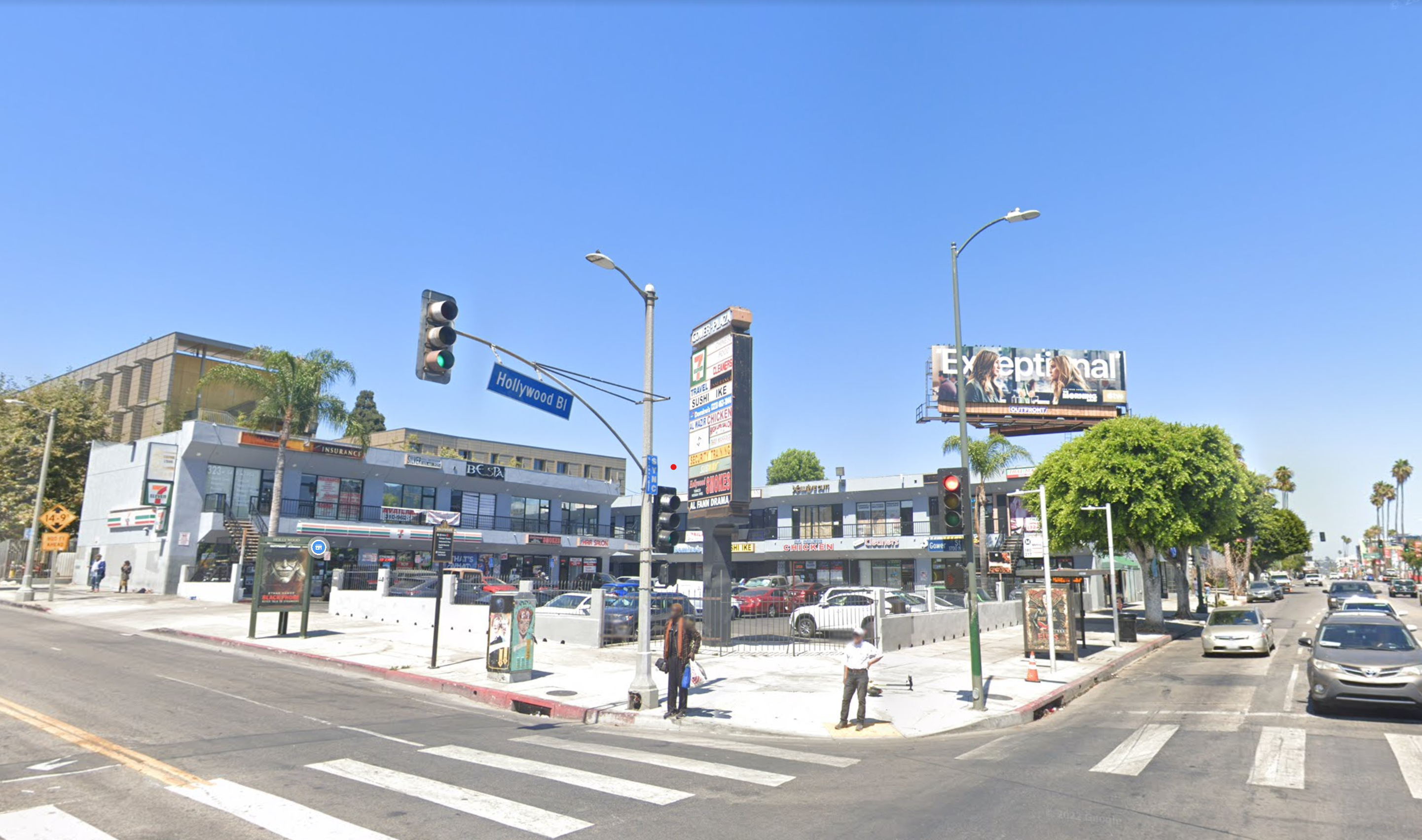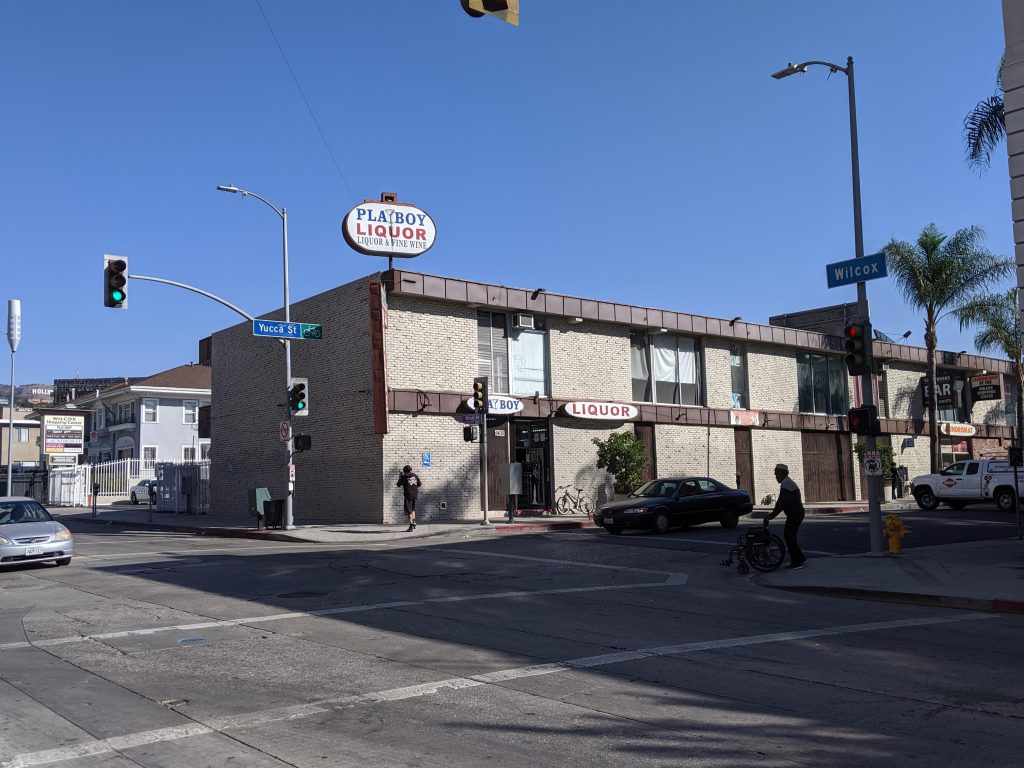THINKING: housing
Assembly Bill 2011 (AB 2011): Using Commercial Corridors to Address California’s Housing Crisis

Assembly Bill 2011 (AB 2011), also known as The Affordable Housing and High Road Jobs Act, was passed on August 29, 2022 focusing on infill housing in commercial-zoned lands. As we have discussed with the State Density Bonus Law, California Senate Bill 9 and legislative changes that allow for multi-family ADUs, the State of California is continuing to seek regulatory means to increase density and address the ongoing housing shortage.
What are the benefits of Assembly Bill 2011?
Per the summary provided by Assemblymember Buffy Wicks, this legislation allows housing to be built by right in infill areas currently zoned for office, retail, and parking uses:
- 100% affordable housing will be allowed anywhere in these areas that is not adjacent to industrial land or on environmentally sensitive land.
- Mixed-income housing will be focused along commercial corridors that are wide enough to accommodate density and new transit. At least 15 percent of the units would be required to be affordable to lower income households (lower income households are defined as households making less than 80% of the Area Median Income). For sale projects could, alternatively, provide 30 percent of their unit for moderate-income households.
Urban Footprint’s (in collaboration with HDR/Calthorpe, Mapcraft Labs, and Economic & Planning Systems) analysis estimates that the commercial properties eligible under the mixed-income corridors stipulation could expand market-feasible housing development opportunities across the state of California by 1.6 to 2.4 million new homes. This would increase income-restricted homes by 300,000 to 400,000. The goal is to significantly reduce housing costs by streamlining the permit process and increasing the housing supply.
In addition to increasing density, AB 2011 will have significant environmental and natural resource benefits. With new development focused on commercial corridors, this would reduce the loss of open space. In comparison to greenfield development, developing underutilized commercial corridors would use 40% less water, drive 33% fewer miles and produce up to 45% fewer greenhouse gas emissions. These new homes will also be established in areas where jobs, services and utilities already exist, lowering emissions even further.
Studies have also shown that underutilized commercial corridors in just Los Angeles and San Francisco could allow for large-scale infill housing without impacting existing neighborhoods or displacing existing housing. Compact and mixed-use infill housing will support growth while also lowering costs, reducing environmental impacts and boosting economic benefits.
The width of the adjacent commercial corridor, size of the parcel and the proximity to transit define what development is permissible on each eligible site as well as proportionally-scaled to the minimum densities and heights. These form-based codes establish a breadth of options, providing a variety of scales and types of development to fulfill different housing needs. Assembly Bill 2011 defines two different sets of regulations for small lots, small boulevards, large boulevards and TODs―one for “Metropolitan” areas and the other for “Suburban” areas (as defined by Metropolitan Statistical Areas).

AB 2011 also addresses the recent changes to retail and commercial strip development. The pandemic has caused consumers to prefer place-based retail and the market currently in the United States has an oversaturation of retail space. Studies have shown that increasing the number of housing units increases sales― in other words, housing development increases local retail spending. Adding vertical and horizontal mixed-use housing developments will revitalize underutilized commercial corridors by providing additional customers for retail businesses.
Our office can help review your site for development feasibility by seeing which of California’s land use regulations are most advantageous. Other options for building housing include the State Density Bonus and California’s State ADU laws that allow for additional units on existing multifamily and mixed-use sites.
Contact us today to learn more about utilizing Assembly Bill 2011.